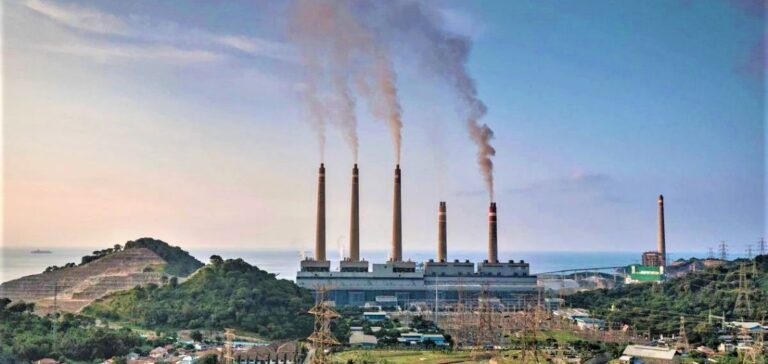Southeast Asia is becoming a key player in the global coal trade, as Chinese demand approaches its peak.
Vietnam and the Philippines, among others, are set to see their coal imports increase in the coming years.
According to the Indonesian Coal Miners Association (ICMA), coal imports from China and India could peak by 2025, marking a turning point for the global market.
Against this backdrop, Southeast Asian countries are becoming increasingly attractive markets for exporters.
Coal imports from these countries are set to grow at an average annual rate of almost 3%, reaching 170.9 million metric tons in 2030, compared with 140.9 million tons in 2023.
Vietnam, in particular, stands out for its growing need for electricity, which stimulates demand for coal.
Vietnam and the Philippines: Key markets in evolution
Vietnam, under the management of state-owned Vinacomin, plans to import 66 million tonnes of coal by the end of the year, up from 47.8 million tonnes in 2023.
The company anticipates a peak in imports by 2035 of 86 million tonnes per year, mainly to power its power plants.
The Philippines is following a similar trend, with a 7.6% increase in imports in the first eight months of 2024.
Increased coal consumption does not necessarily imply an expansion of installed coal-fired power plant capacity.
Countries such as Malaysia and Indonesia are focusing on making greater use of existing infrastructure to meet electricity demand.
In Malaysia, data centers and other industrial sectors are notable drivers of coal consumption.
China and India Keep Consumption High
Although Southeast Asian markets are developing, China and India continue to show strong coal consumption.
Thermal coal imports into China could rise by 6.3% in 2024 to 391 million tonnes, according to data from Fenwei Digital Information Technology.
In India, import growth forecasts also remain at high levels, underpinned by constant energy needs.
Asia’s coal market is therefore at a crossroads, with new players rising to prominence while the world’s biggest consumers stabilize their demand.
This dynamic offers opportunities for exporters to redirect their commercial strategies towards new growth markets, while maintaining significant volumes to China and India.
Outlook for Coal Exporters
The situation in Southeast Asia shows continued interest in coal as an energy source, not least for its ability to provide affordable power.
In Indonesia, the young power plant infrastructure suggests stable long-term demand.
Nickel processing plants, which play a role in the electric vehicle industry, also contribute to coal consumption for power generation.
Low levels of renewable energy integration in Malaysia, the Philippines and Indonesia indicate that coal will remain a key component of their energy mix.
International discussions on financing the energy transition, including the phasing out of coal-fired power plants, have not yet led to concrete action.
This is holding back rapid changeover to other energy sources.






















